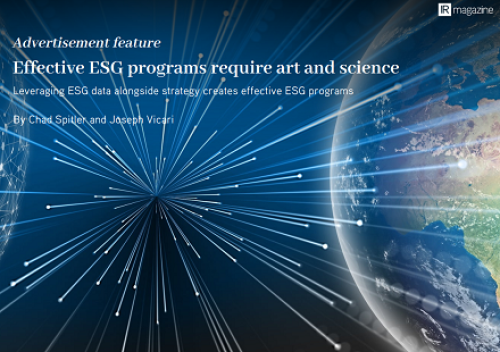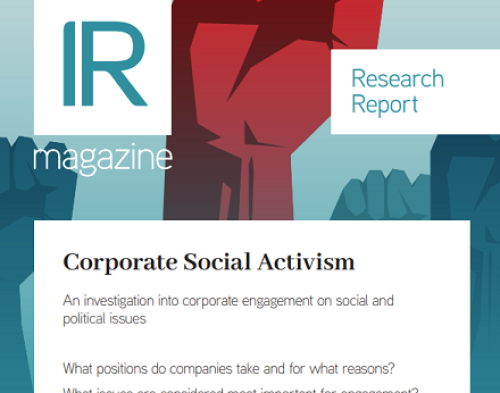Derek Butcher is part of the nine-strong corporate governance and responsible investment team at RBC Global Asset Management (RBC GAM), which manages more than $408 bn in assets (as of June 30, 2022). Here he talks to IR Magazine about the nuances of tying ESG metrics – some of which can be difficult to quantify and are seen as less rigorous – to executive pay.

Is there a ‘sweet spot’ when it comes to setting ESG metrics for executive pay? For example, what combination of long and short-term incentives do investors want to see?
In our view, there is not necessarily a sweet spot for how much weight should be attributed to an ESG metric in an executive compensation plan. Instead, this should be driven by each individual compensation committee determining how material those particular ESG factors are to the long-term success of the business and the company’s strategy. This can be informed by investor opinions, however, and engaging with a wide range of investors can provide input into the compensation program design.
There has been a trend of investors increasingly scrutinizing companies for greenwashing as they tie CEO pay to ESG metrics. Does this point to a degree of skepticism on the part of investors?
When reviewing compensation plans, investors may heavily scrutinize the chosen performance metrics and their rigor, amounts awarded, vesting requirements and many other conditions. As such, scrutiny of ESG metrics is not surprising, as investors are conducting their due diligence on the appropriateness and suitability of those metrics, and whether or not they contribute to a compensation program aligned with the best interests of shareholders.
That said, we believe a certain degree of skepticism is to be expected for metrics with less standardization, such as some ESG metrics. Similar to a more traditional performance metric, investors may be concerned that the chosen metric is not sufficiently rigorous or is less material to the company’s success, and when we view these concerns through an ESG lens, they could be categorized as greenwashing risks.
You also talk about the need for robust disclosure and transparency – and being less qualitative or subjective – around ESG metrics that are tied to executive pay. What are some of the metrics that work well here and where should companies start vs what they should be doing as they go further in their ESG-executive pay journey?
As companies consider incorporating ESG metrics into their compensation plans, we believe they should start by identifying which factors they deem material to the long-term success of the business – a process that can be informed through shareholder engagement.
In our view, there is no inherent issue in using qualitative or subjective ESG metrics in a compensation plan. But we expect robust disclosure and transparency for such metrics in particular, in order to provide investors with the insight into how those qualitative metrics were considered and how they were evaluated. In our experience, quantifiable metrics are easier to communicate and can facilitate tracking over time. As a result, boards may need to expect a greater level of scrutiny when using qualitative or subjective ESG metrics.
Ultimately, however, whether the metric is qualitative or quantitative, the most important elements should be finding the right metrics and then providing sufficient disclosure to investors on how decisions on those metrics were made.
Finally, what advice can you offer in terms of addressing scrutiny around these policies?
We encourage robust disclosure, transparency and engagement with investors. Further, we recommend simple disclosures when it comes to rationales and explanations surrounding any compensation plan elements, including ESG metrics.
Proxy circular disclosures around compensation can be incredibly complicated, making it difficult for investors to determine compensation plan suitability and whether or not pay and performance are aligned. Explaining compensation plan structures and decisions in a clear and concise manner is important overall, but boards may consider it especially important for ESG metrics, given the scrutiny of investors.










